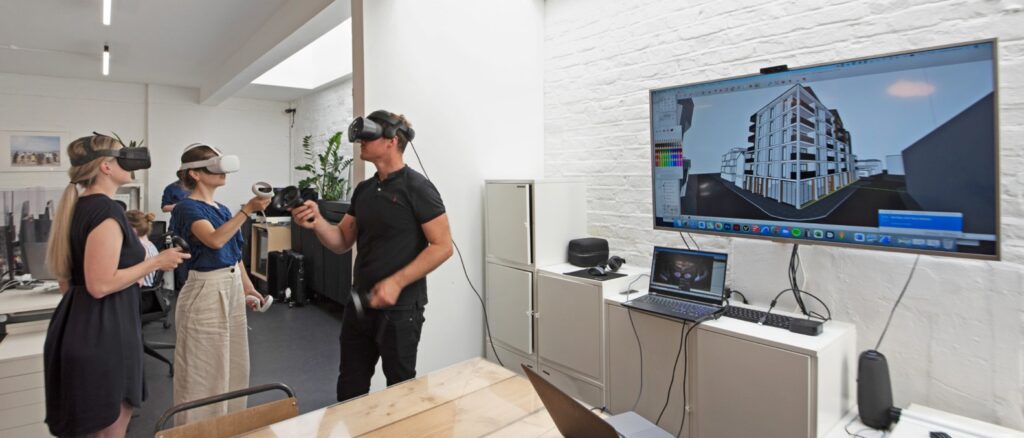A developer in NYC purchased the first-ever non-fungible token (NFT) Office building in New York City. “Located” at 44 West 37th Street, the 4700 square meters NFT serves as an immutable digital asset that points to transforming how we design, build, operate, and monetize our spaces with only “one-click”. The 16-story building was created by spatial intelligence company Integrated Projects and questions the function of architecture in Real Estate and the Metaverse.


Minted on the decentralized, open-source blockchain Ethereum, the 44W37 NFT was sold for only 1 ETH. But what are NFTs? NFTs are unique tokens issued on the blockchain that represent something that’s one of a kind. They are used primarily to sell digital products such as art or music using cryptocurrency, such as ETH or Ethereum, that work as a cryptographic medium of exchange through a computer network. Real Estate currently has two forms: A physical real estate NFT that can be made an NFT through tokenization, and a virtual real estate NFT is a piece of land within the digital realm, often referred to as the Metaverse.
Owners can create, own, transact and monetize their digital assets without the hassle of transferring property ownership. That means one sells/ buys images,3D scans, plans, virtual tours, and location reports instead of physical property. With an NFT, the transaction process is streamlined, allowing a buyer to assume ownership of a piece of real estate within minutes. In addition, “NFTs might save owners time, expense, and coordination involved in re-producing the accurate existing conditions of their physical space by painting a survey-grade picture of the building’s physical characteristics—architecture, equipment, and mechanical,” Integrated Projects said.

Although these Properties do not struggle with physical and human conditions that architecture has faced for centuries, it opens a new debate in architectural practice. With all possibilities in the virtual world, market capitalization seems to be the virtual design axis, driving architecture into speculation and mere images. On the other hand, NFTs are the opportunity to establish strict ownership regulations, not only in terms of real estate but in terms of intellectual property.
“New York is the 20th century’s Rosetta Stone”, indicated Rem Koolhaas in Delirious New York. As many skyscrapers in Manhattan did, the “44W37” is the beginning of a new era in architecture and real estate in megacities. The opening of MetaMundo’s 3D NFT Villa also questions the function of architecture in the Metaverse. Renowned architects have already pointed out their perspectives: Rashed Singaby, the senior project designer at HOK, pointed out that “between designing for the metaverse and harnessing its capabilities, the potential is almost limitless,” and Leon Rost, director of BIG, considers the Metaverse inherent in architecture, where “structure, materiality, and cost go out the window.”

